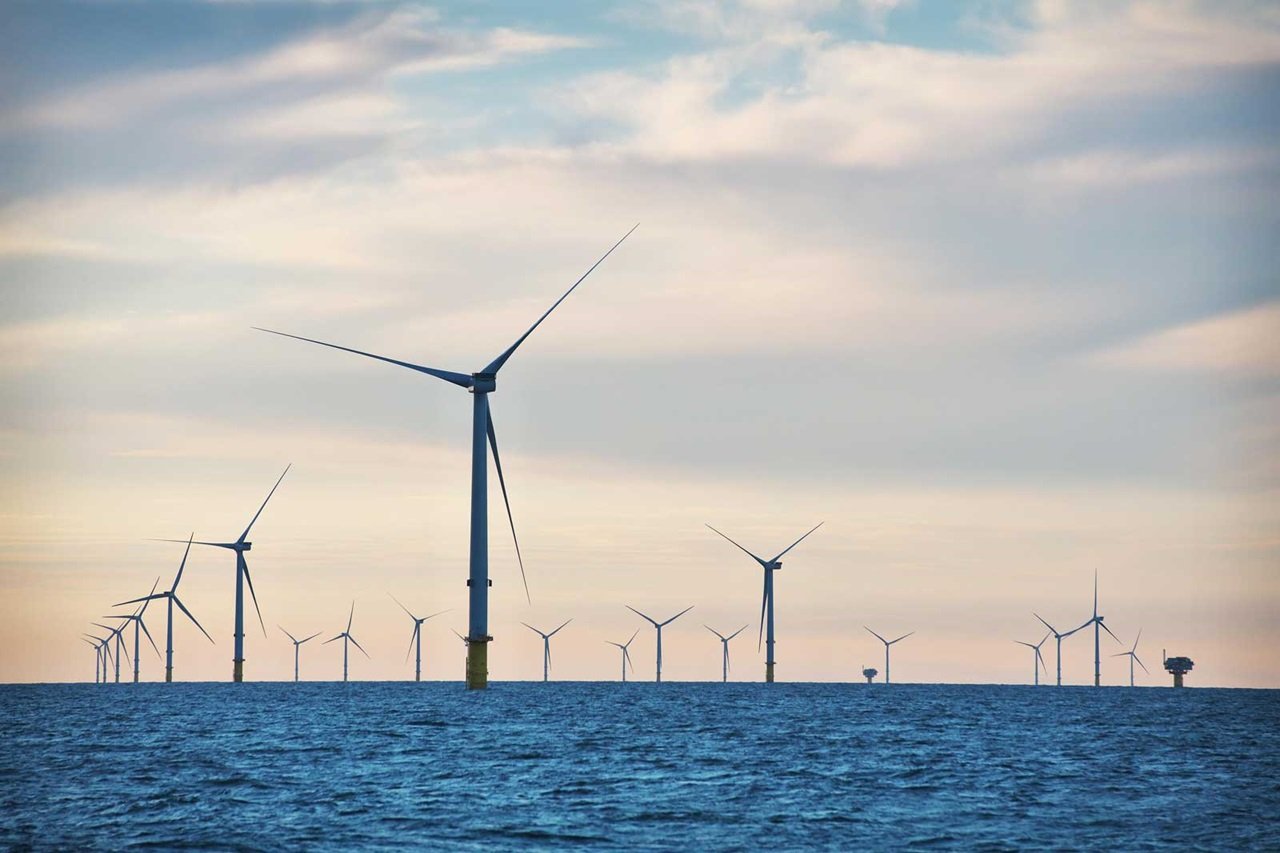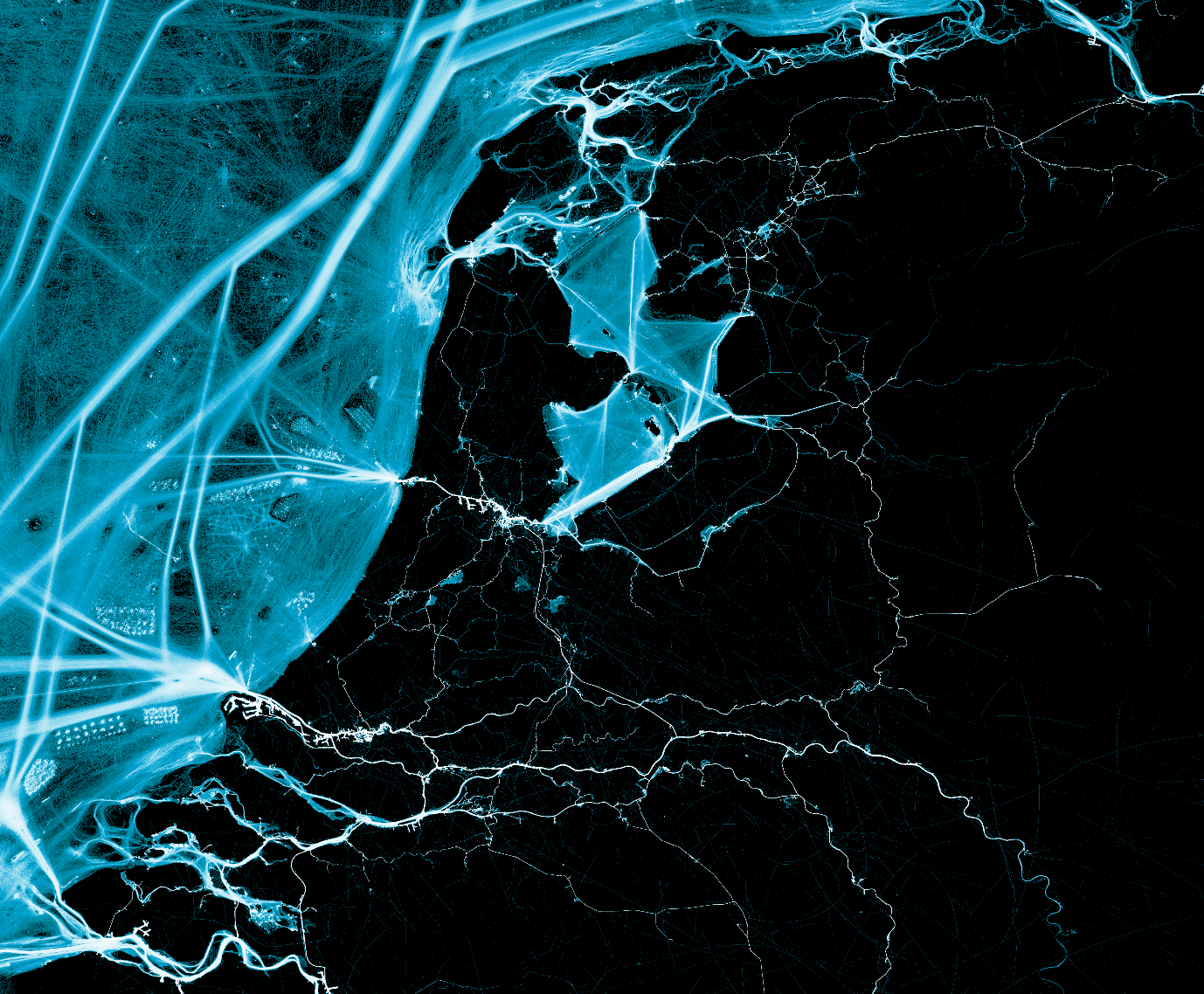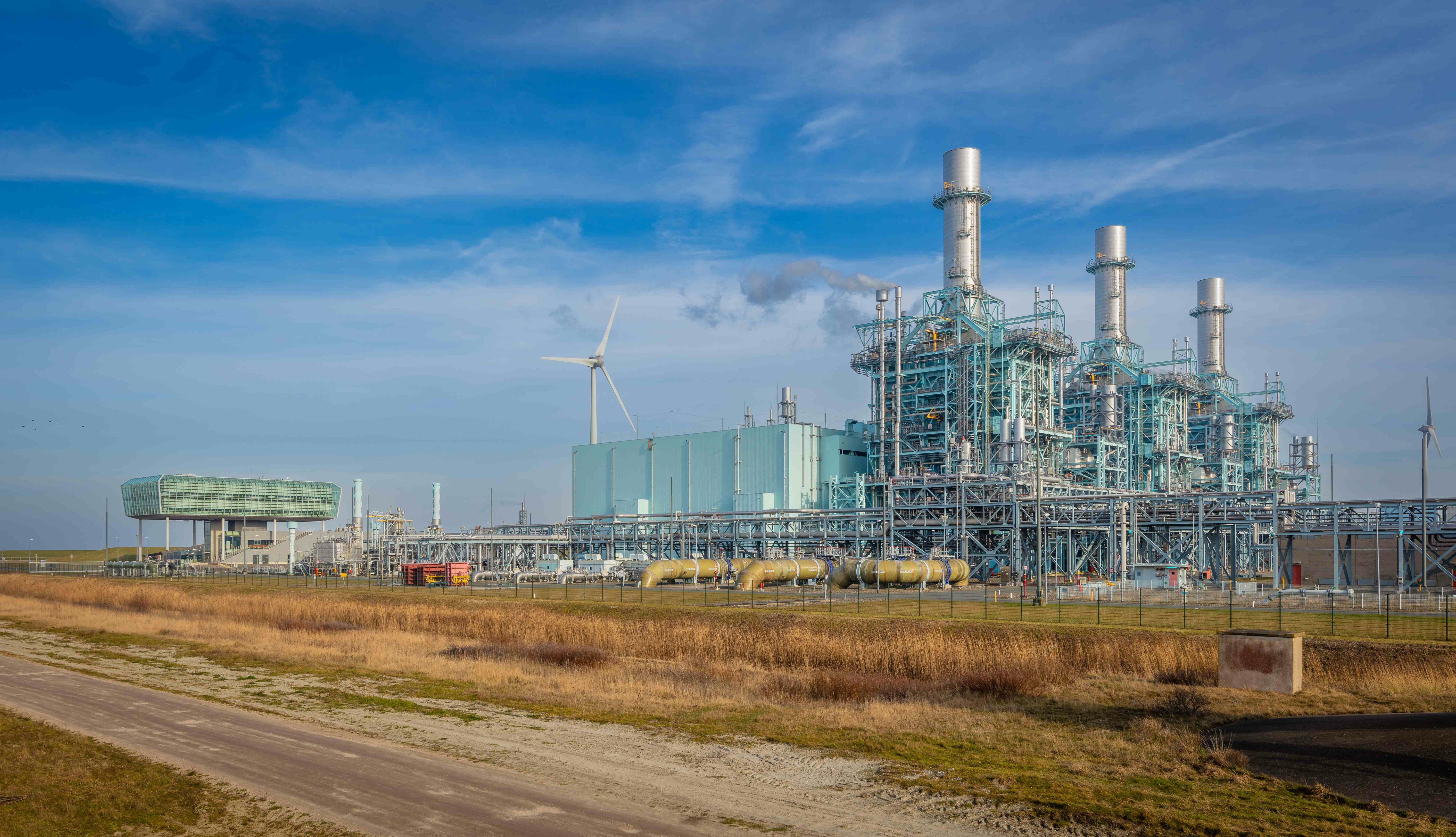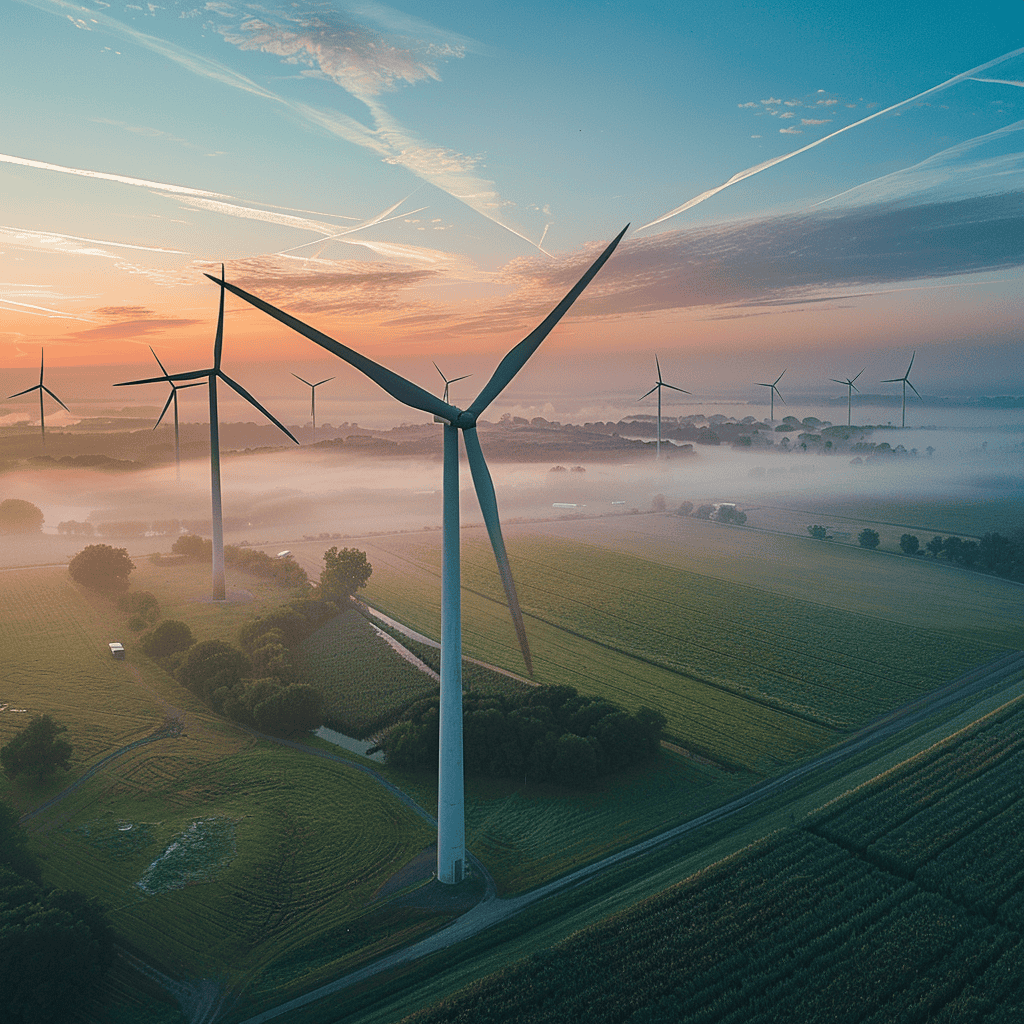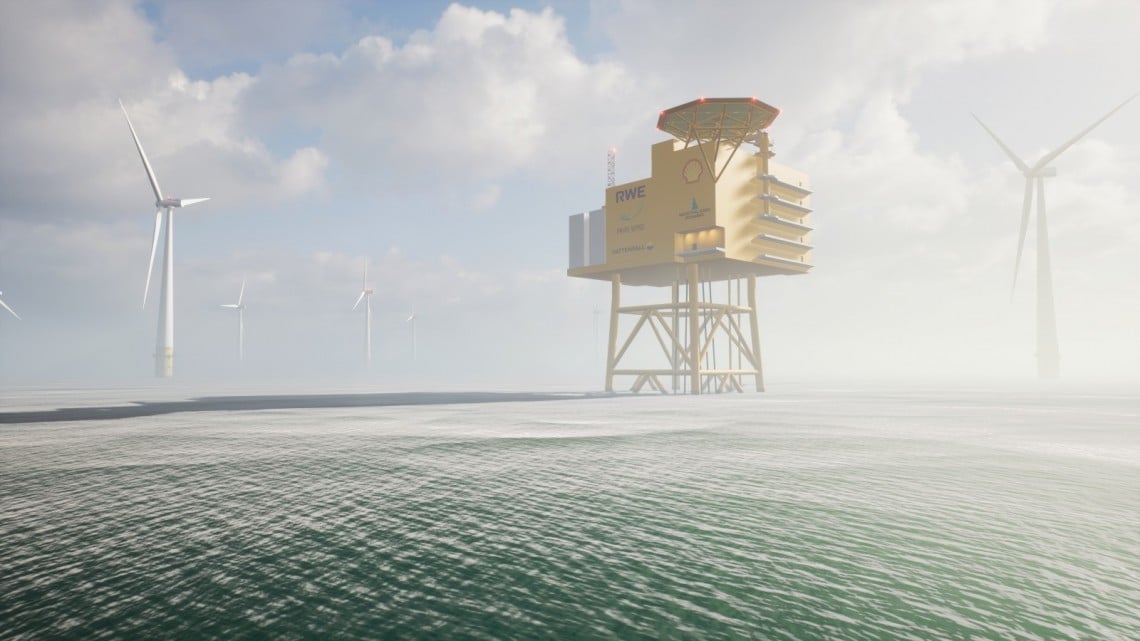
RWE, Shell, Gasunie and Equinor have confirmed their joint collaboration which aspires with the AquaSector project to take the next step towards a massive offshore hydrogen park off the coast of Germany. The project is part of the AquaVentus initiative, a partnership of dozens of companies, governments and research institutes. They have set a goal of achieving electrolysis capacity of 10 gigawatts in the German North Sea by 2035.
This entails generating electricity from wind farms. The hydrogen is then transported via the island of Helgoland to the mainland. This will be done by means of a system of pipelines hat have been dubbed AquaDuctus.
Study until 2028
The first few years are primarily intended as a study. This will be concentrating on a 300 megawatts of electrolysis capacity by 2028. This is good for 20,000 metric tons of green hydrogen per year which will be collected on Helgoland and mainly used there as well.

“he project aims to demonstrate that in Germany offshore-based hydrogen production enables an efficient, cost-effective and sustainable way to produce green hydrogen. ” RWE said in their press release.
The major advantage of offshore hydrogen production, according to the German energy group, is that it requires fewer high-voltage direct current cables. One hydrogen pipeline can replace five of these (very expensive) high-voltage cables. That is according to RWE, consequently it not only makes it financially attractive, but also more ecologically responsible. This is because the most likely route from Helgoland to the mainland will pass through the German Bight and the vulnerable Wadden Sea.
5-stage rocket
The AquaVentus initiative is a kind of 5-stage rocket made up of AquaPrimus, AquaCampus, AquaPortus, AquaSector and AquaDuctus.
AcuaPrimus is the very first pilot plant with 14 megawatts of electrolysis capacity that should be in operation by 2023. However, that plant will still run on solar energy and be located on the mainland. To be precise, in the town of Sassnitz on the Rügen peninsula.
AquaCampus is home to an R&D center 45 kilometers from Helgoland. This is where all technologies are tested and further developed by scientists. Initially, hydrogen will be produced here with the electricity from 2 wind turbines. The plan is that this will then increase more and more with the aid of the AquaProcess. It is not yet entirely clear how many electrolysis stations there will be nor how big they will be. Most likely they will end up being large stations the size of drilling rigs.
AquaPortus will run from 2024 to 2029. It is mainly concerned with the expansion of harbor capacities on Helgoland and making the island CO2-free. The first volumes of hydrogen will be used on the island itself. Thereafter, it will be used as fuel for ships and/or further transported to the coastal region.
AquaDuctus is charged with installing hydrogen pipelines between electrolysis platforms at sea, AquaCampus, Helgoland and the mainland.
Also read the article: Energy islands in the North Sea: good news for the climate and an opportunity for Dutch entrepreneurs



